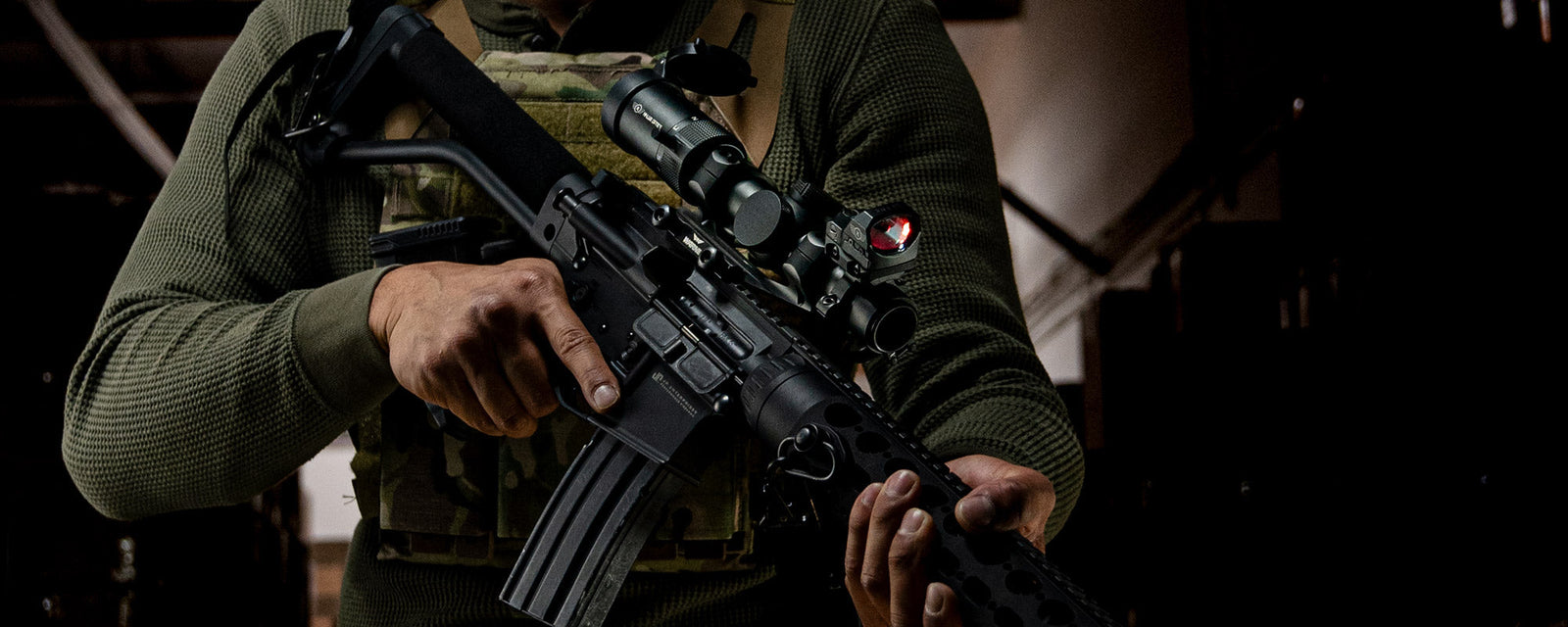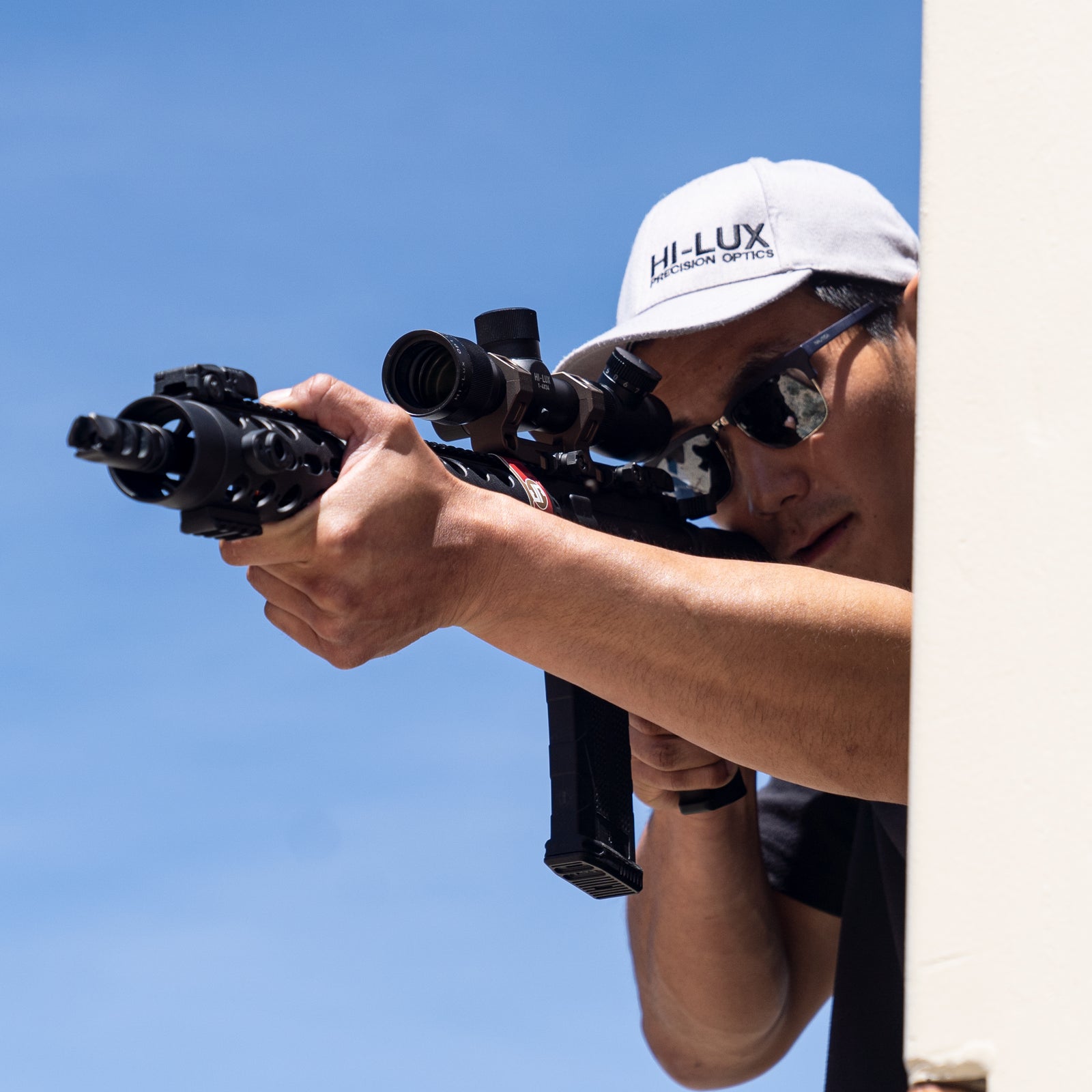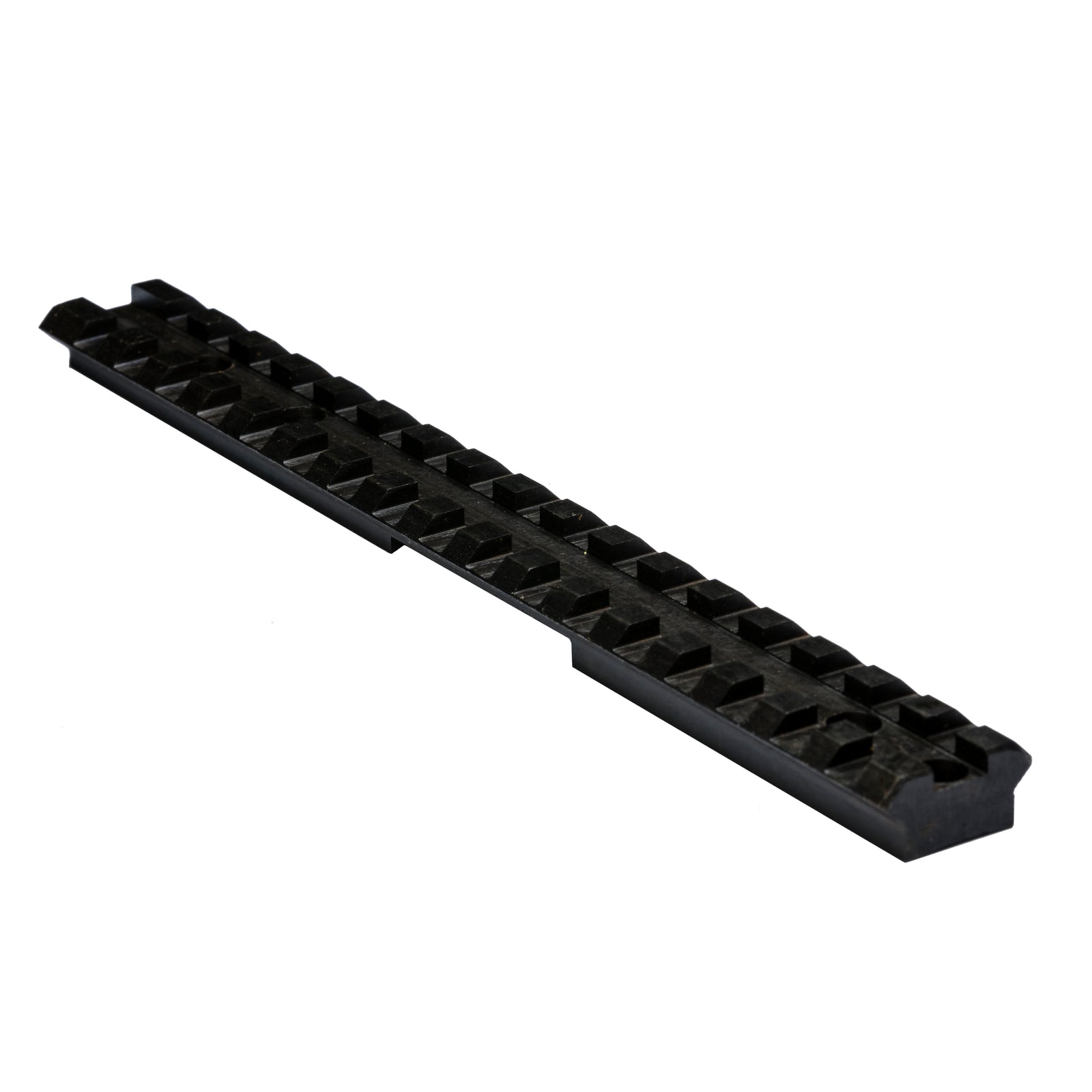For almost as long as lead has flown in war, some people have been sending it just a little farther and with a little better precision. Known by names such as sniper or sharpshooter, these long-range renegades have been making their presence known for quite a long time.
Technology and tactics have changed drastically in the past few hundred years. To simplify things, I’m going to break down these sharpshooter stories by time period. Today, we’ll be looking at sharpshooters in the American Revolutionary War. It’s important to note that scopes didn’t get mounted on rifles in numbers until the mid 19th century - everything you’re about to hear happened under the power of human eyes.
Let’s dive into a few of the unique stories that made the news in these times, to get a better idea of how sniping was conducted.

The possibility for American sharpshooting was owed largely to the Pennsylvania Long Rifle. Unlike the many muskets available at the time, the Pennsylvania rifle had… well, rifling. Though a little slower to load than a musket, the long rifle had greater reach and precision. It offered, at times, quadruple the distance of a smoothbore.
In the state of Virginia, we would see the assembly of an early marksmanship unit. Daniel Morgan was made captain of a small unit - 80 men and 16 officers. He gathered men from the surrounding area, focusing on hunters and woodsmen who already knew how to shoot. Right at the start, he marched the soldiers 600 miles to Boston. There, the troop put on an exhibition for which I’ll read directly from the Virginia Gazette of September 9th, 1775:
“A man held between his knees a board five inches wide and seven inches long, with a paper bullseye the size of a dollar. A rifleman at sixty yards without a rest, put eight bullets in succession through the bullseye.”
Even today, that’s not a test I’d ever like to take part in. Still, the claim was there - the Americans had precision at distance. And Morgan’s unit was just one of ten such units. Though, to be honest, I’m not sure how many of them were willing to hold targets between their knees and get shot at.
One technique this precision rifle allowed was the targeting of officers. You may remember the time when Private Timothy Murphy brought down British General Simon Fraser with his first shot. Depending on which sources you read, Murphy might have needed more shots or may not have existed at all… but the tactic was certainly in use. Muskets could fire off volleys at a greater rate of fire, but it was a gamble whether it would hit.
On the British side of the equation, we see riflemen such as Patrick Ferguson. After more than a few years of military service, he developed the Ferguson Rifle. It was a breech-loading flintlock design, fairly expensive and complex for the time. Unless properly oiled, it would foul up within four or five shots. With oil, that number became sixty shots. Its key redeeming quality was the speed of its reloading.

Ferguson was regarded as one of the best marksmen on the British side, and was given command of a unit equipped with his peculiar new rifle. At some point in 1777, however, he neglected to take a shot. Hiding in the trees with a few of his men, he spotted a senior American officer riding alongside a European officer. At first, he crept forward with his men to take a shot on the officer. Before finally pulling the trigger, he decided,
“... I could have lodged half a dozen balls in or about him, before he was out of my reach, but it was not pleasant to fire at the back of an unoffending individual, who was acquitting himself very coolly of his duty - so I let him alone.”
That officer would turn out to be General George Washington.
At a time when rifling and breech-loading was just being implemented in military weapons, the old habits of promiscuous fire still reigned supreme. Though most troops would still fire in wild volleys, hoping to hit someone on the other side, a few troops on both sides of battle would aim their shots with more distinction. With greater reach and precision, it was possible to pick a target and take that sole target out. Most of the time, that target would be an officer if at all possible.
I leave you now with this quote, attributed to either Colonel Israel Putnam or Colonel William Prescott before the Battle of Bunker Hill:
“Men, you know you are all marksmen; you can take a squirrel from the tallest tree; don’t fire till you see the whites of their eyes.”
---
We hope you’ve enjoyed this look into the world of firearms. If you’d like to view this in a different format, it’s available in other convenient locations. If you’d like to hear the podcast, you can find it at The Bullet:In. For the video version, take a peek on our YouTube or look down below.
This article is all about the early days of rifle and smoothbore sniping. To find out what happens next, check out:





Leave a comment (all fields required)